Baths, Japan (8th-20th Century)*
Artist/Designer: Japanese
Project Location: Japan
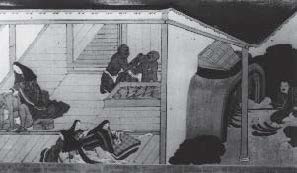
beggars at Horyuji Temple (Courtesy of Kao Corporation) ( Source | Accessed : February 26, 2020 | Photographer: Unknown )
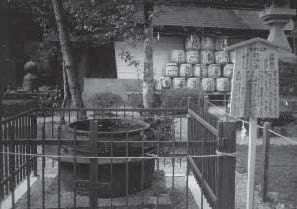
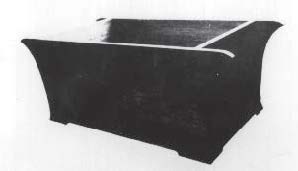
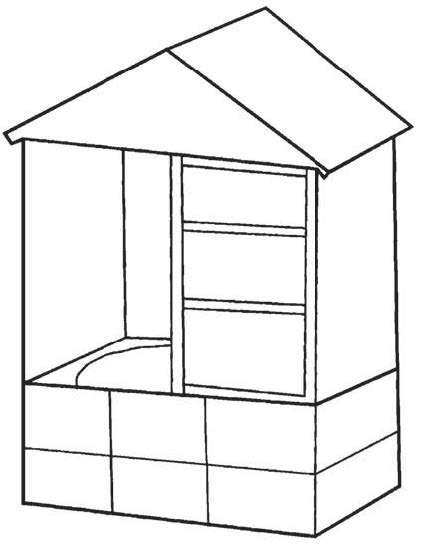
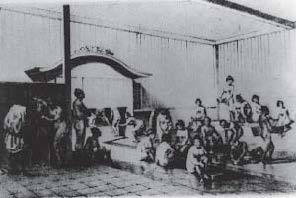

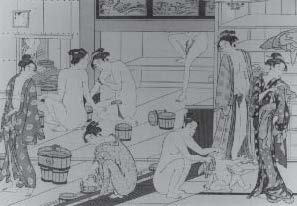
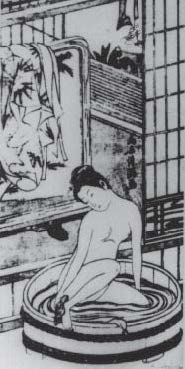
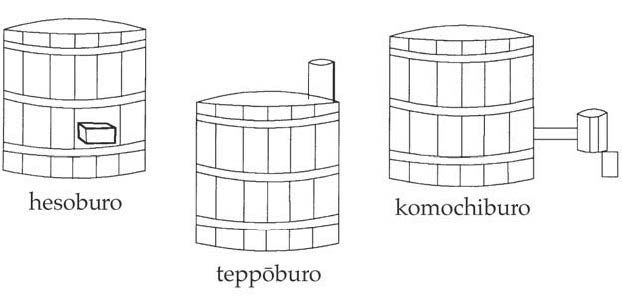
(“bath with child”) ( Source | Accessed : March 3, 2020 | Photographer: Courtesy of Kao Corporation )
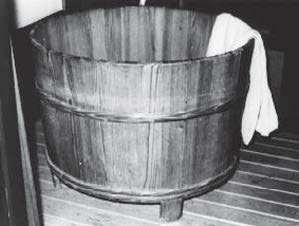
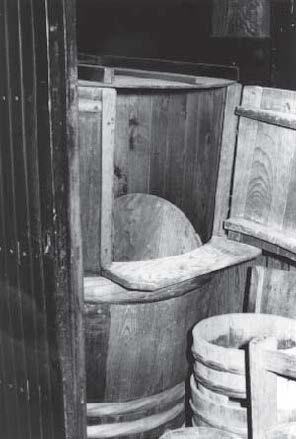
Style/Period(s):
Vernacular
Primary Material(s):
Ceramic, Wood
Function(s):
Residential Structure
Related Website(s):
Significant Date(s):
8th Century, 9th Century, 10th Century, 11th Century, 12th Century, 13th Century, 14th Century, 15th Century, 16th Century, 17th Century, 18th Century, 19th Century, 20th Century
Additional Information:
The public bathhouses have featured in Japanese culture since very early times. The Sentō, Kyodoburo, and Moraiyu (public bath, common bath, and borrowed bath respectively) were so widespread at the beginning of the twentieth century that most Japanese were regular “social bathers”. They bathed with their families and neighbors and while doing so exchanged news, gossip, and ideas, thus reinforcing a sense of community solidarity and function. However, post-1960’s technological developments and economic affluence allowed baths to be placed in the smallest apartments. As a consequence, the traditional public bathhouse and related social activities have been in decline. While the local community does remain cohesive in some sense, the bathhouse, as a center of community communication, has all but disappeared. Today the trend is to bathe alone- to dedicate the bath to personal reverie and a bit of self-indulgence.
Publications/Texts in Print:
Bosrock, Mary Murray (September 2007). Asian Business Customs & Manners: A Country-by-Country Guide. Simon and Schuster. p. 202.
Clark, Scott. Japan, A View from the Bath. Honolulu: University of Hawai'i Press, 1994.
Elwood, Kate (2001). "Greeting Cards". Getting along with the Japanese (1st ed.). Tokyo, Japan: Ask. pp. 66–67.
Marshall, Kevin R. "Japanese Stores and Businesses: Put the Yen in the Tray". The Hidden Japan: Daily Life in Japan and How it Differs from Life in the West.
Mente, Boye Lafayette De (1990). "Funerals". Etiquette guide to Japan : know the rules that make the difference. Rutland, Vt.: C.E. Tuttle Co. pp. 100–102.
Building Address: Illustrations from multiple locations and Edo period
Significant Dates: 1853; time period between 1603 and 1868
Tags: Public baths, Bathing tools, Court bath, Wooden Bathhouse, Edo period, Japanese bathing practices, Archeological sites,, Bath culture, Bathing culture, Bathing, aqueous, hygiene, hygienic, health, Japan, ceramic, wood, 8th Century, 9th Century, 10th Century, 11th century, 12th Century, 13th Century, 14th Century, 15th Century 16th Century, 17th Century, 18th Century, 19th Century, 20th Century
Viewers should treat all images as copyrighted and refer to each image's links for copyright information.